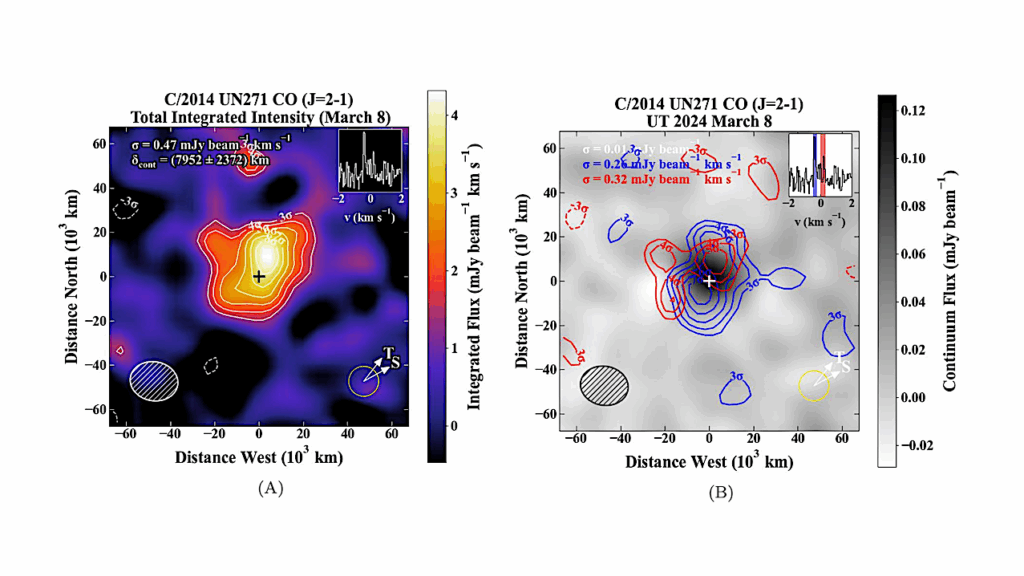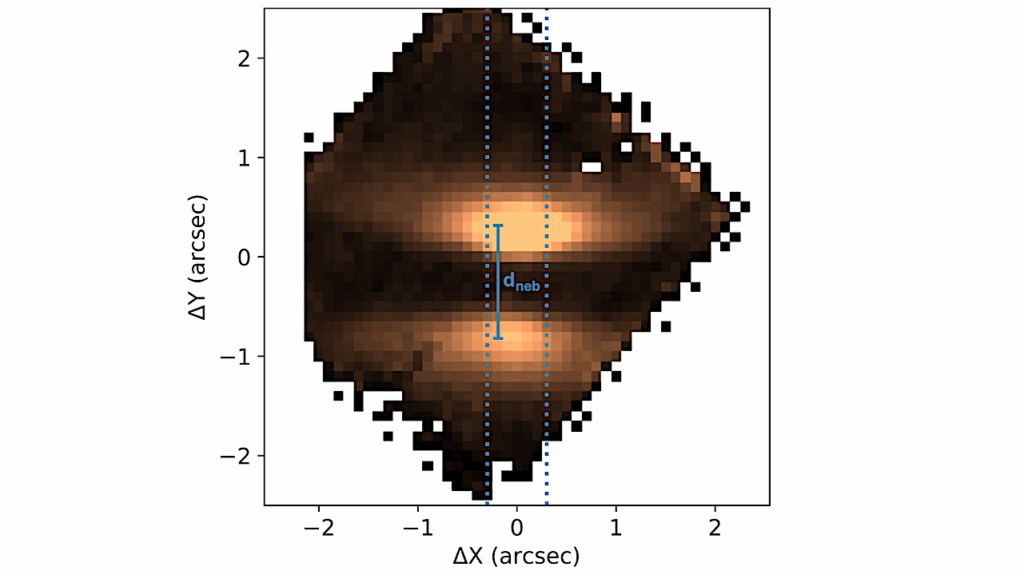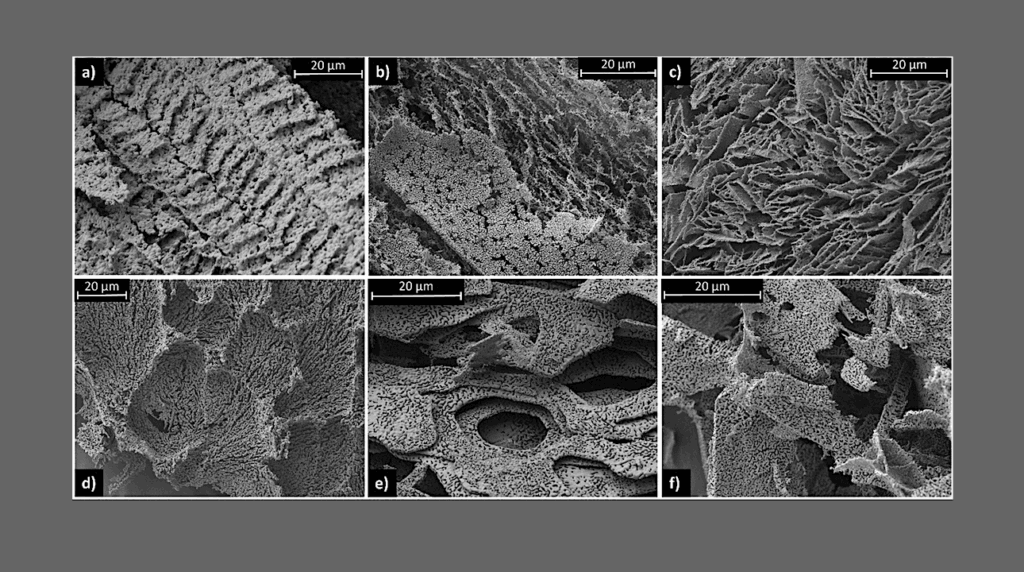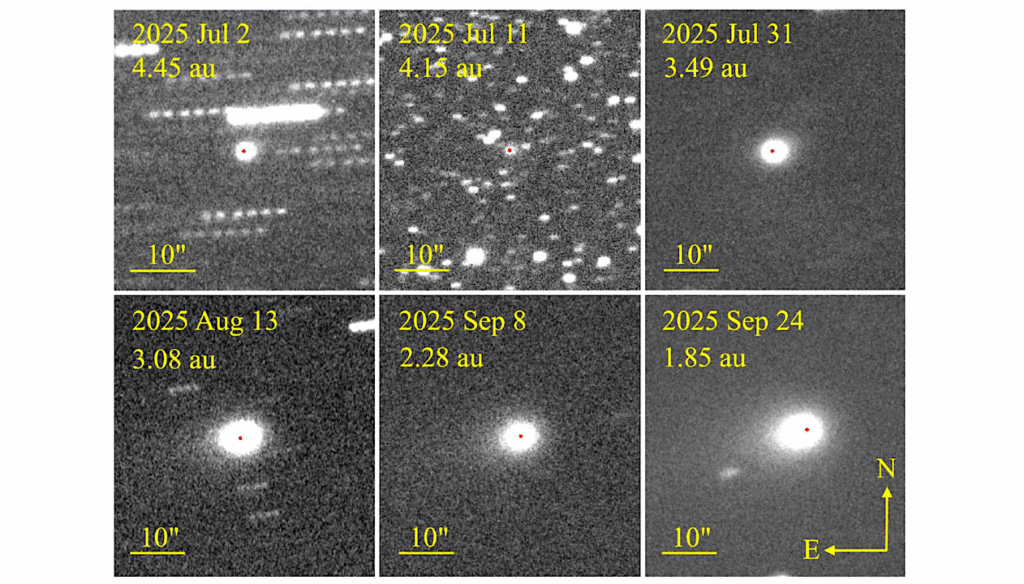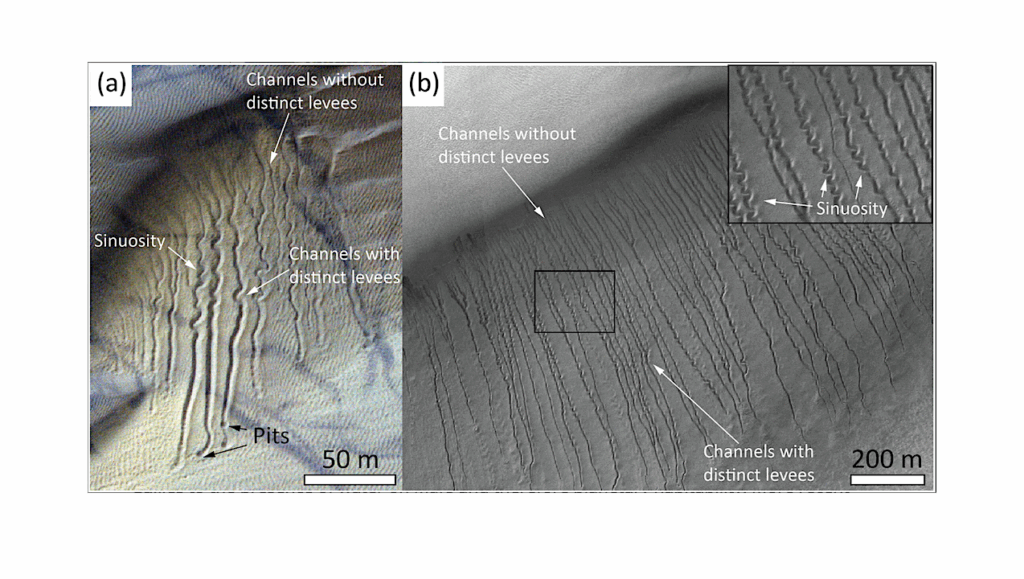Near-Infrared Reflectance Spectroscopy Of Sublimating Salty Ice Analogues. Implications For Icy Moons

The composition of the surface of the Galilean icy moons has been debated since the Galileo mission.
Several chemistries have been proposed to explain the composition of the non-icy component of the moon’s surfaces, notably, sulphuric acid hydrates and magnesium and sodium sulphates.
More recently, magnesium and sodium chlorides have been proposed to explain features observed in ground-based observations. We have considered four salts (NaCl, Na2SO4, MgSO4 and MgCl2) with various concentrations, to produce salty ice analogues. Granular particles were produced by a flash-freezing procedure. Additionally, compact slabs of salty ices were produced by a slow crystallisation of salty liquid solution. These two methods mimic the end-members (plumes and slow ice block formation) for producing hydrated salty ices on the surface of icy moons such as Europa and Ganymede.
We have monitored the near-infrared (NIR) evolution of our salty ices during sublimation, revealing differences between the granular particles and the slabs. The slabs formed a higher amount of hydrates and the most highly hydrated compounds. Granular ices must be formed from a more concentrated salty solution to increase the amount of hydrates within the ice particles. The sublimation of salty ices removed all excess water ice efficiently, but the dehydration of the salts was not observed.
The final spectra of the slabs were most flattened around 1.5 and 2.0 {\mu}m, especially for the Na2SO4, MgCl2 and MgSO4, suggesting the presence of stable, highly hydrated compounds. We find that Na2SO4, MgCl2 and MgSO4 are most compatible with the non-icy component at the surface of the icy moons as observed by the NIMS instrument on Galileo and by ground-based observations.
Romain Cerubini, Antoine Pommerol, Zuriñe Yoldi, Nicolas Thomas
Comments: 71 pages with 16 figures
Subjects: Earth and Planetary Astrophysics (astro-ph.EP); Geophysics (physics.geo-ph)
Cite as: arXiv:2112.03063 [astro-ph.EP] (or arXiv:2112.03063v1 [astro-ph.EP] for this version)
Submission history
From: Romain Cerubini
[v1] Mon, 6 Dec 2021 14:16:57 UTC (4,945 KB)
https://arxiv.org/abs/2112.03063
Astrobiology,


